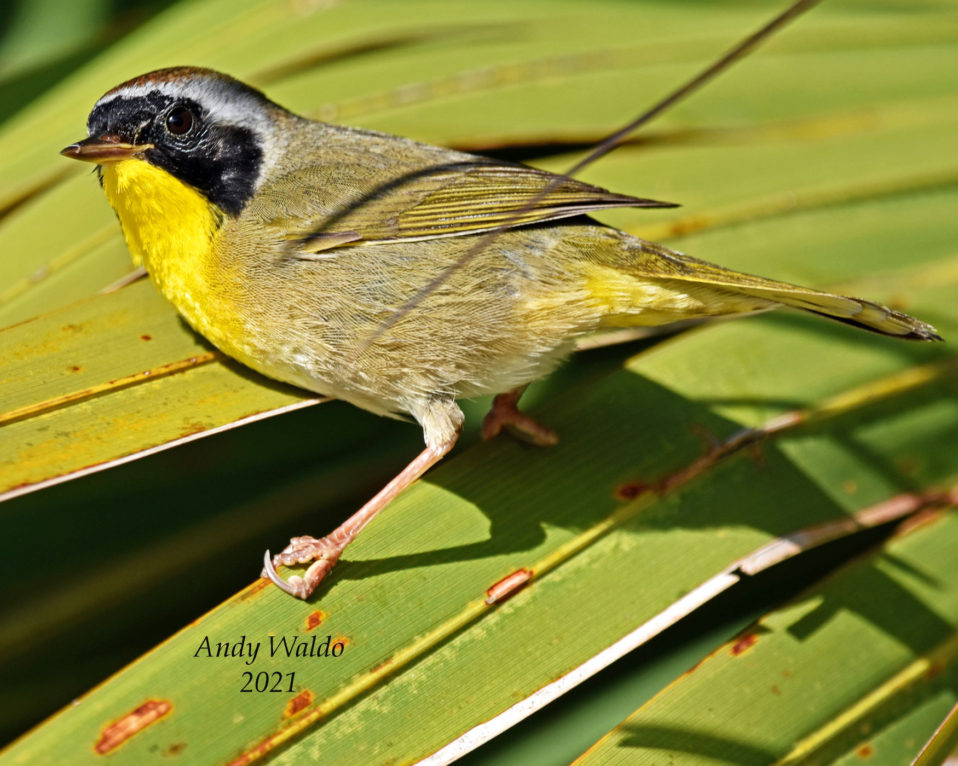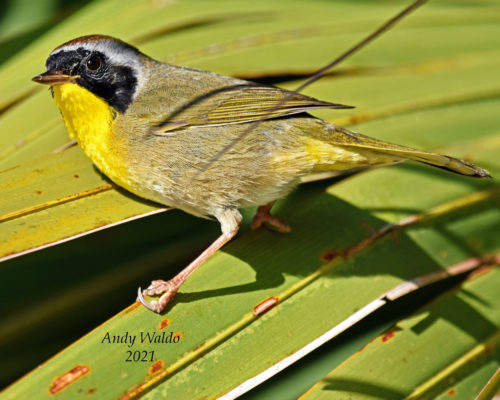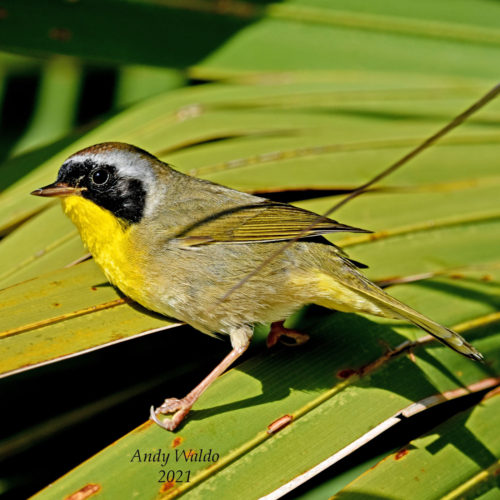The Yellow Throated Warbler (Setophaga dominica) is well named for its bright yellow throat; they are gray and white with black streaks down the sides. They are small birds measuring about 5.1-5.5 inches with a wingspan of 8.3 inches and weighing about 0.3-0.4 oz. Their range consists of the central and eastern parts of the United States, parts of Mexico, and the Caribbean islands. Florida is part of their non-breeding habitat. Their habitats are the same during the breeding season and winter range; they live in pine forests with an open understory, bald cypress swamps, and woodlands near streams.
The warbler’s diet consists of insects such as beetles, caterpillars, and flies. They forage more deliberately and with less fluttering than other warblers as they will probe for insects in crevices, pine cones, and clusters of pine needles. During the non-breeding season, they also forage on insects attracted to agave and coconut palm flowers. During the breeding season, males will establish territories with song and generally will only interact with their mates and offspring. During the non-breeding season, they form mixed-species flocks with Carolina Chickadees, Tufted Titmice, and other warblers.
According to the North American Breeding Bird Survey, the Yellow Throated Warblers are common and are a species that is of low conservation concern.




Recent Comments